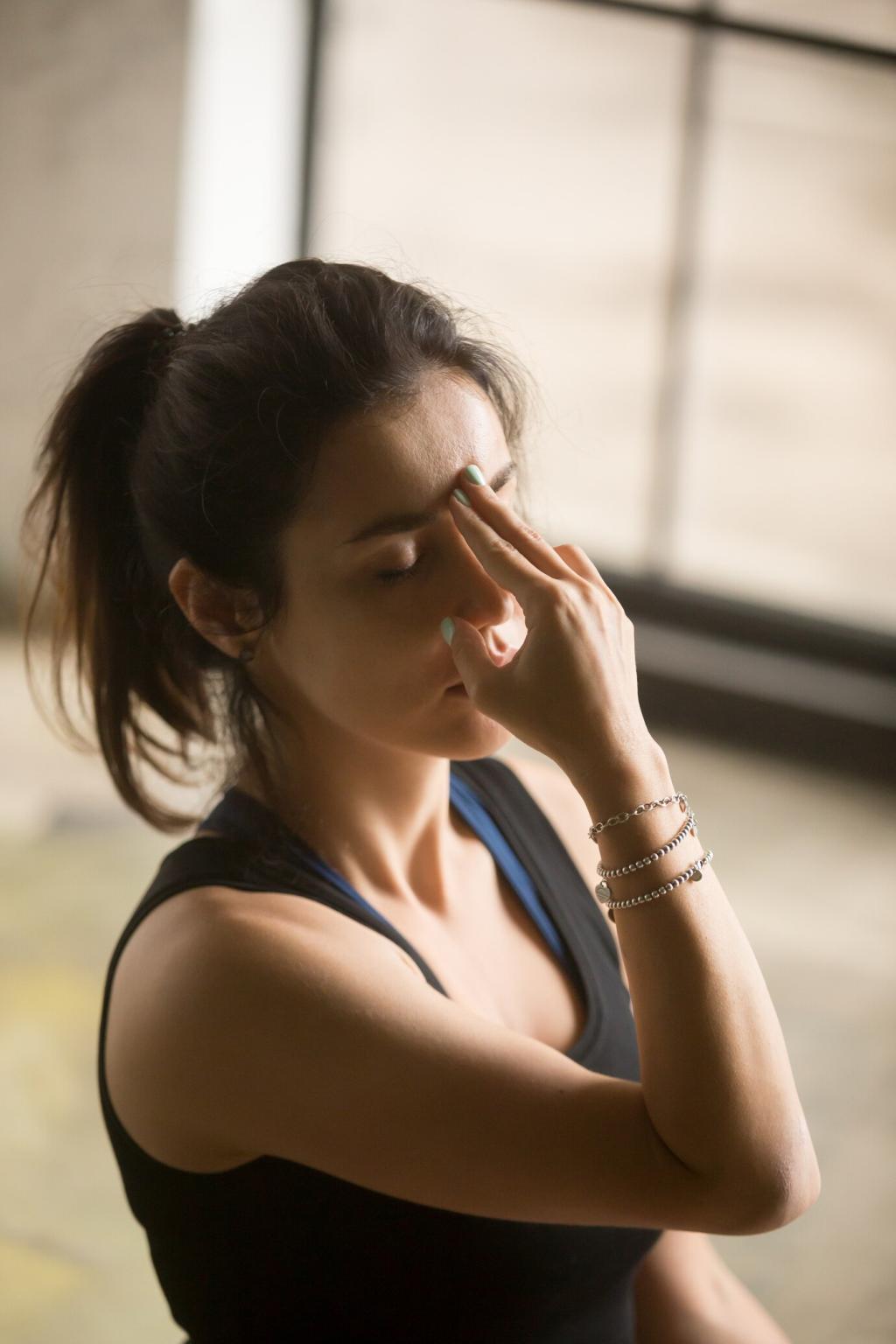
Visualization Techniques for Sport Success
Step into the mental arena where pictures become performance. Today’s chosen theme—Visualization Techniques for Sport Success—will help you craft vivid inner movies that prime your body for winning actions. Read on, try the drills, and share your progress with our community.
The Science Behind Visualization That Drives Results
Neural Rehearsal and the Motor Cortex
Functional MRI studies show that imagining a movement activates overlapping regions with actual execution. Your motor cortex, basal ganglia, and cerebellum encode timing and sequence, strengthening neural pathways that later guide precise motion. Comment with a movement you’ll rehearse tonight, and commit to ten crisp mental reps.
Evidence from Performance Research
Meta-analyses in sport psychology reveal imagery improves accuracy, strength, and confidence, from free throws to sprint starts. Athletes combining visualization with training often outperform those relying on training alone. Subscribe to receive weekly summaries of new studies and practical cues you can implement in your next session.
Multisensory Imagery for Vivid Learning
Rich, multisensory scenes—sights, sounds, touch, rhythm of breath—enhance the brain’s predictive coding. Add the smell of the pool, the snap of the starting gun, the weight of the bar. Tell us which senses you’ll emphasize, and we’ll help refine your script for sharper, game-ready clarity.
Applying the PETTLEP Model to Your Practice
Make It Physical and Environmental
Wear your competition shoes, grip your racket, or sit on your bike while you visualize. Recreate the environment: lighting, crowd buzz, lane markings. This embodied approach links imagery to real sensory cues, speeding transfer. Share a photo of your setup to inspire teammates and receive feedback.

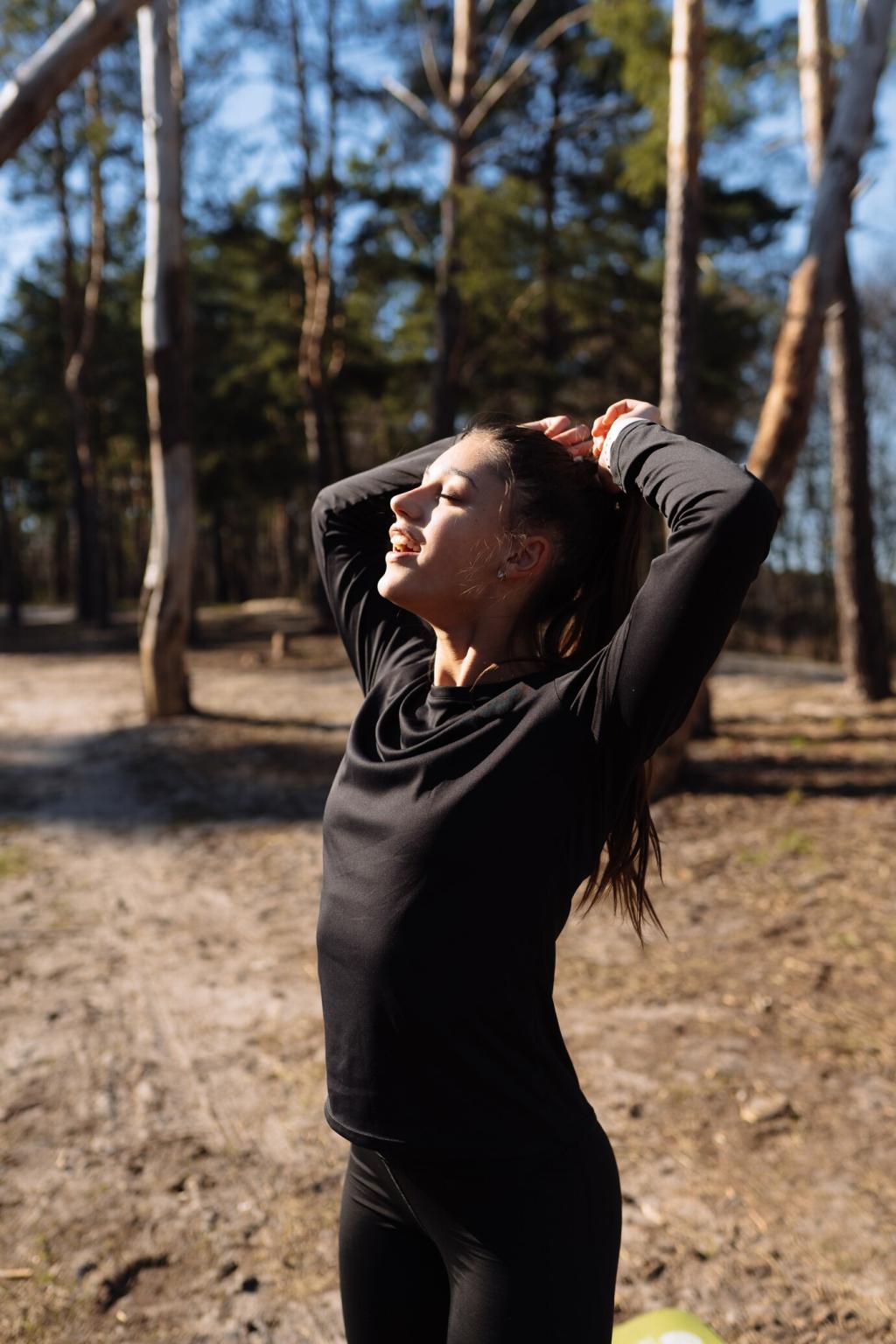
Match the Task and Real-Time Timing
Imagine the exact task you’ll execute—your second serve under pressure, your 200-meter curve mechanics—at real speed, not fast-forward. Align breaths and strides with true timing. Post how long your sequence takes, and we’ll suggest pacing tweaks to optimize rhythm and maintain concentration under stress.
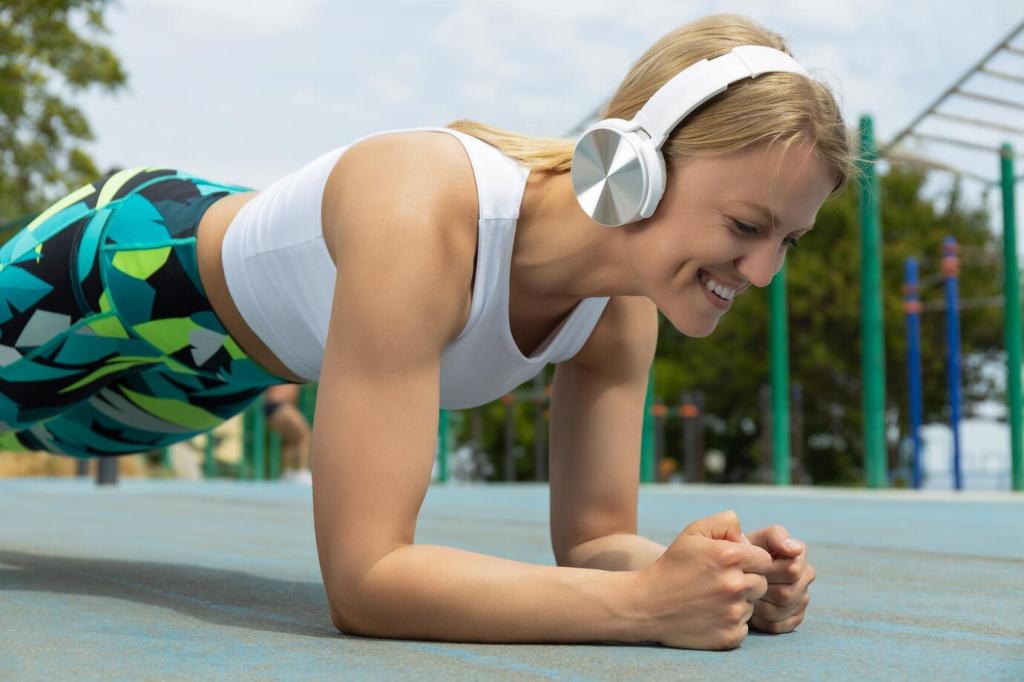
Pre-Competition Visualization Routines
Begin with a three-minute scene: waking calm, fueling well, moving smoothly through checkpoints. See obstacles—traffic, delays—handled with composed adjustments. This script anchors your day. Share your morning cue word below, and we’ll help you shape a phrase that instantly recalls poise and readiness.
Pre-Competition Visualization Routines
Eyes closed, spine tall, breathe 4-4-6. Picture lacing up, chalking hands, hearing distant echoes. Transition into your first technical cue—knee drive, grip pressure, foot strike. Reply with your top two cues so others can learn, and bookmark this sequence for the last five minutes pre-warmup.
Turning Setbacks into Fuel with Imagery
Replay your worst moment, but rewrite the middle and the end: steady breath, recalibrated mechanics, assertive next action. This trains recovery, not rumination. Share a brief ‘before/after’ script in the comments, and we’ll highlight language that reinforces resilience and keeps your attention future-focused.
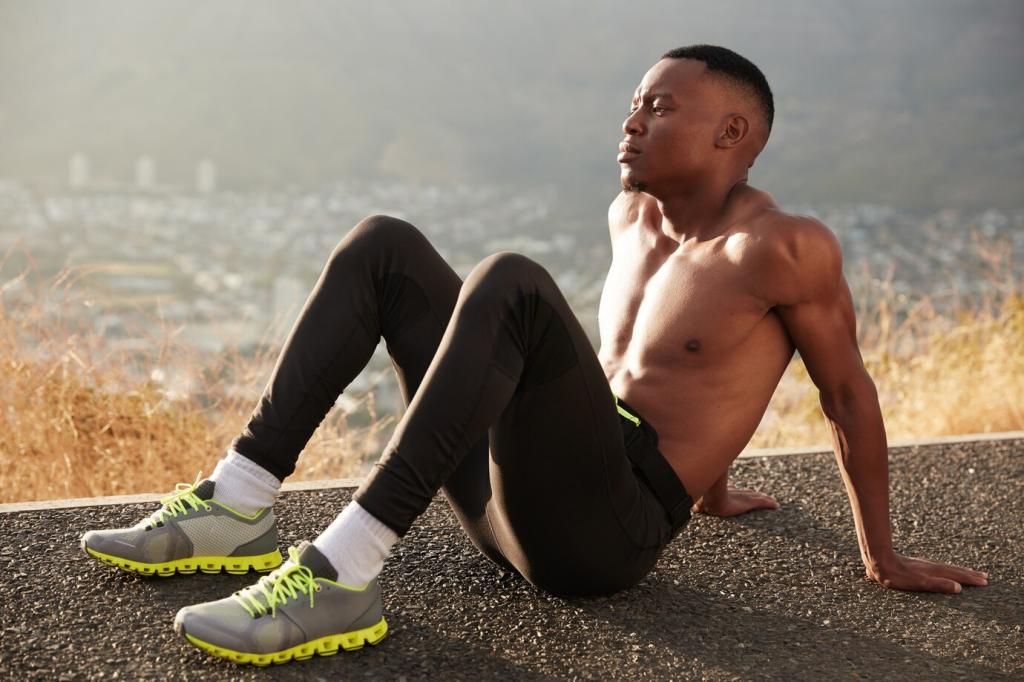
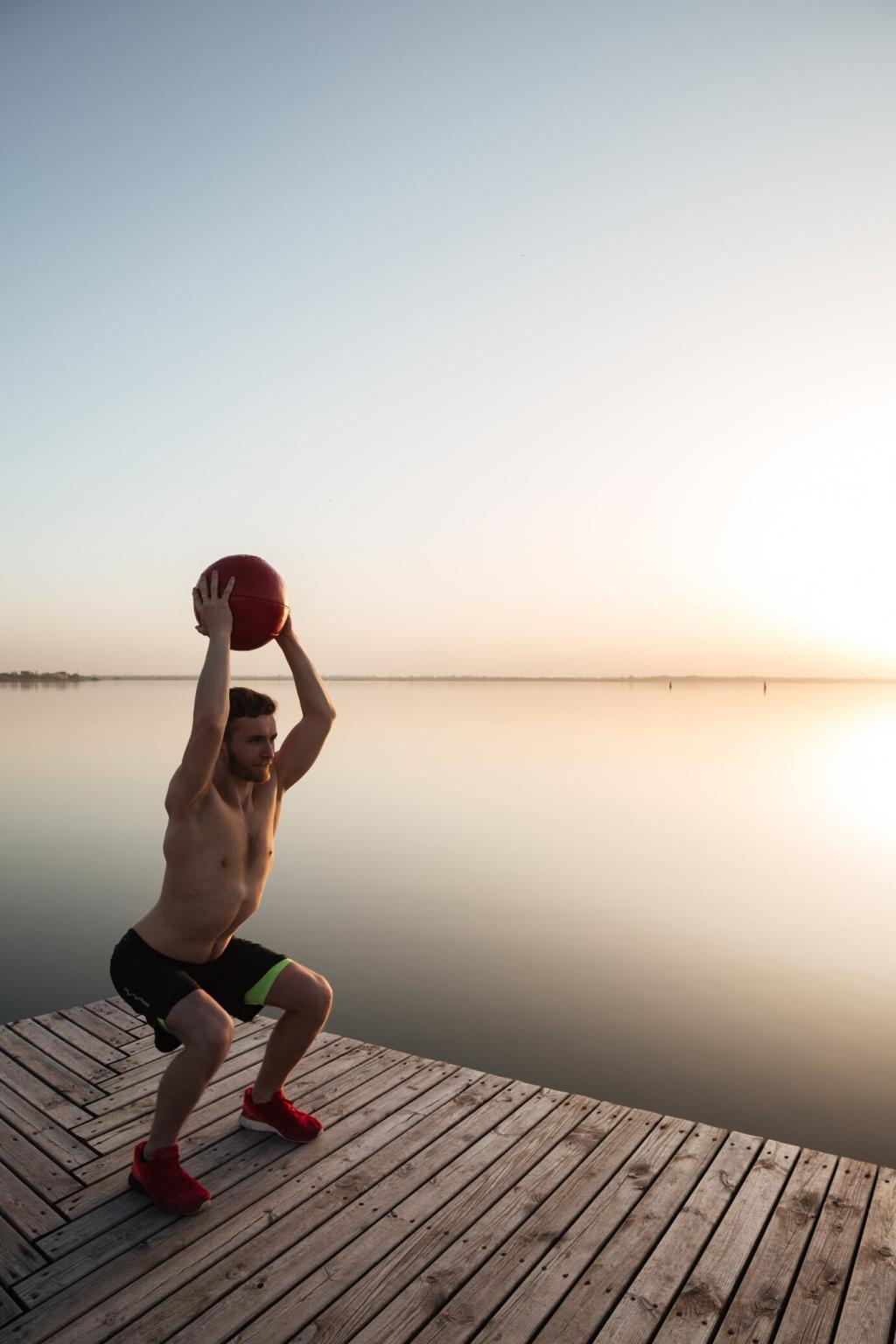
Visualization for Team Sports and Shared Intent
Gather for two minutes of collective imagery: defensive shape shifting, roles on transition, trigger words that align spacing. Consistency breeds anticipation. Share your team’s anchor phrase—like ‘compact then break’—so other squads can borrow ideas, and subscribe to receive printable cue cards for practice.
Visualization for Team Sports and Shared Intent
Map passing lanes, screen angles, and second options if the first read closes. Visualize eye contact, hand signals, and timing beats. This rehearsal unclogs decision-making under fatigue. Post a short description of your favorite set, and we’ll reply with a visualization tweak that speeds recognition.
Build an Imagery Journal
Create sections for cues, scenes, sensory details, and post-session notes. Rate vividness, controllability, and confidence out of ten. Over weeks, patterns emerge. Share a snapshot of your template, and we’ll send a downloadable version with sport-specific prompts to accelerate clarity and consistency.
Audio Scripts and Breath Pacing
Record your own voice guiding the scene in present tense, layered over a slow metronome to pace breath and timing. Keep it two to four minutes. Tell us your preferred cadence, and subscribe to receive professional scripts designed for sprinters, lifters, swimmers, and racquet sports alike.
Metrics That Matter
Track pre-imagery and post-imagery markers: heart rate, perceived calm, cue recall, and technical execution scores. Compare against training logs to see carryover. Comment which metric surprised you this week, and we’ll recommend one adjustment to sharpen your link between inner rehearsal and outer performance.
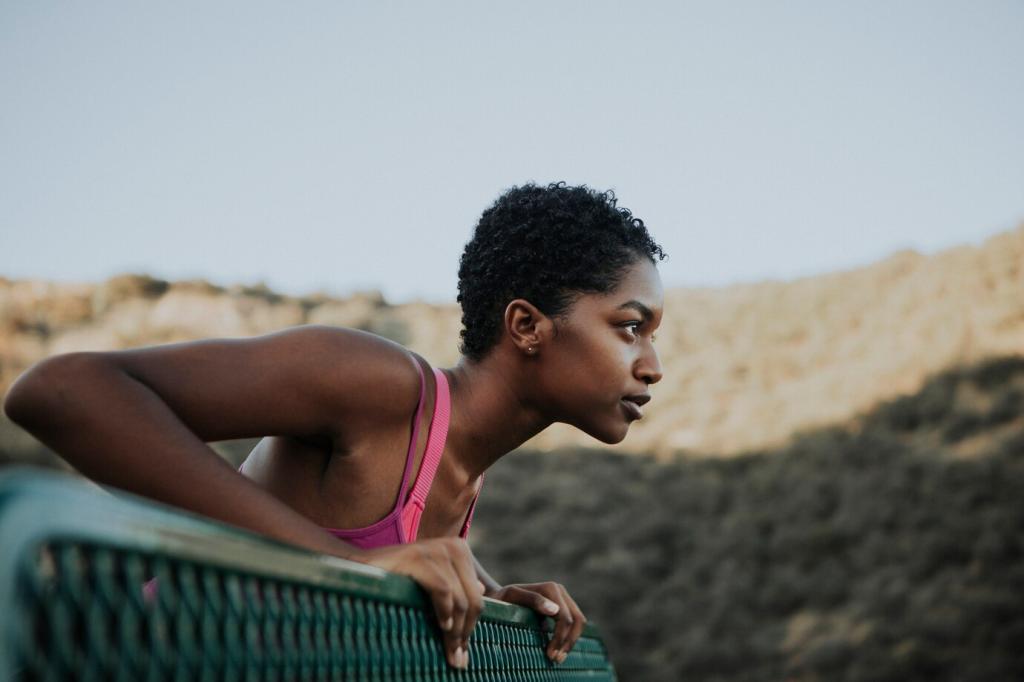
The Swimmer Who Found the Wall
A collegiate backstroker rehearsed turns nightly, hearing the last stroke count and feeling fingertips brush the tile. After two weeks, she dropped three tenths on every turn. Share your micro-skill to target this month, and we’ll crowdsource cues to make your repetitions efficient and repeatable.
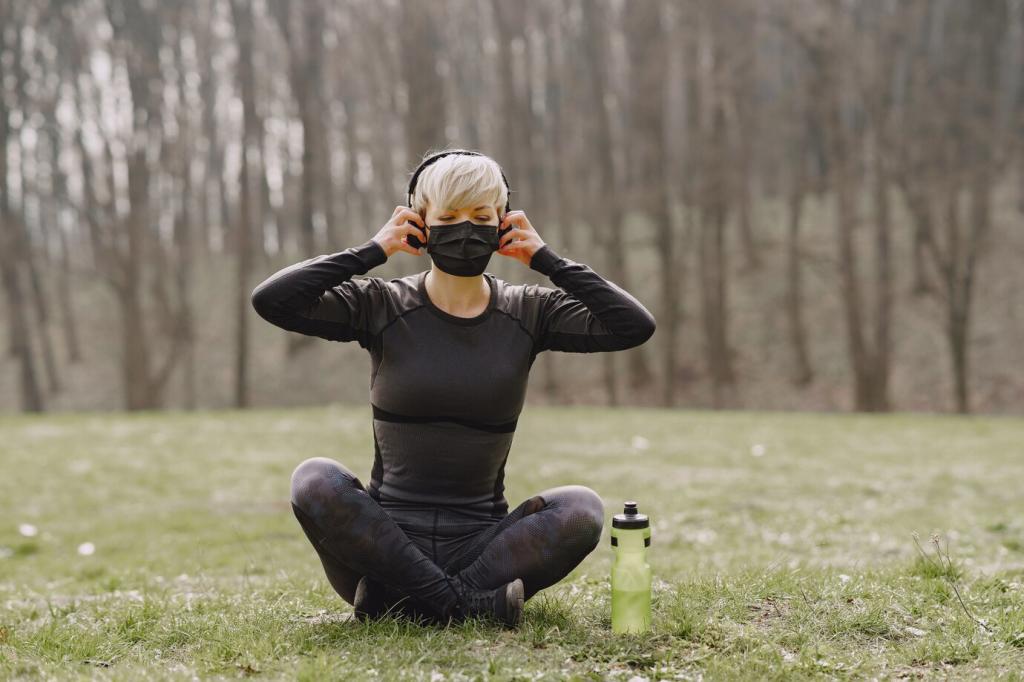
The Shooter’s Quiet Countdown
A basketball guard built a five-breath free-throw scene: bounce, exhale, elbow under, snap, hold. In playoffs, noise spiked—his breath beat stayed steady. He shot ninety-two percent. Post your five-breath cycle below, and subscribe for a printable court-side card to keep your rhythm anchored under pressure.
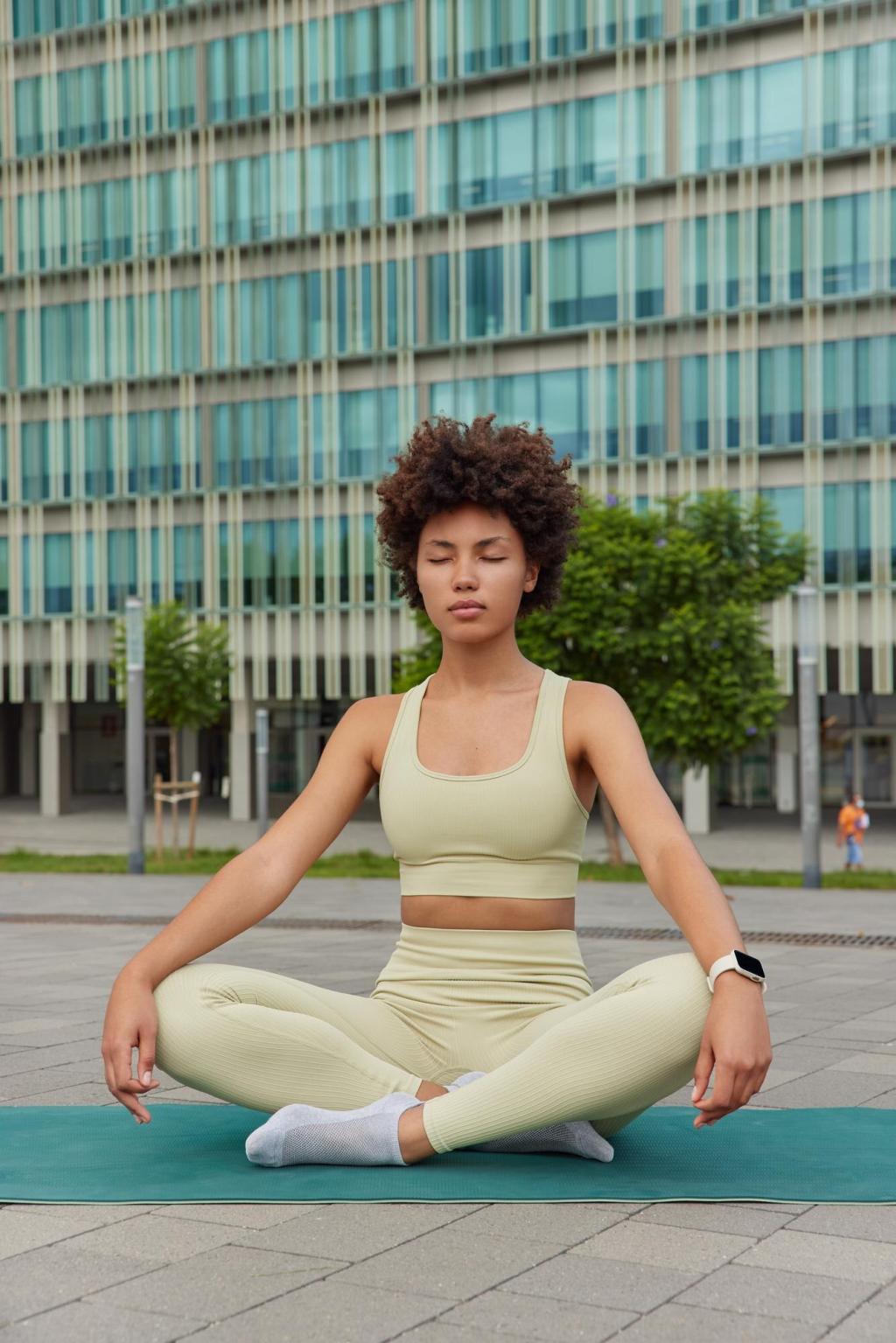
The Runner’s Hill Breakthrough
A novice 10K runner imagined cresting the steepest hill, feeling calves burn yet posture tall, eyes soft, arms driving. On race day, the hill arrived; the scene matched. She passed five people. Tell us your next terrain challenge, and we’ll help storyboard a scene that meets it head-on.
